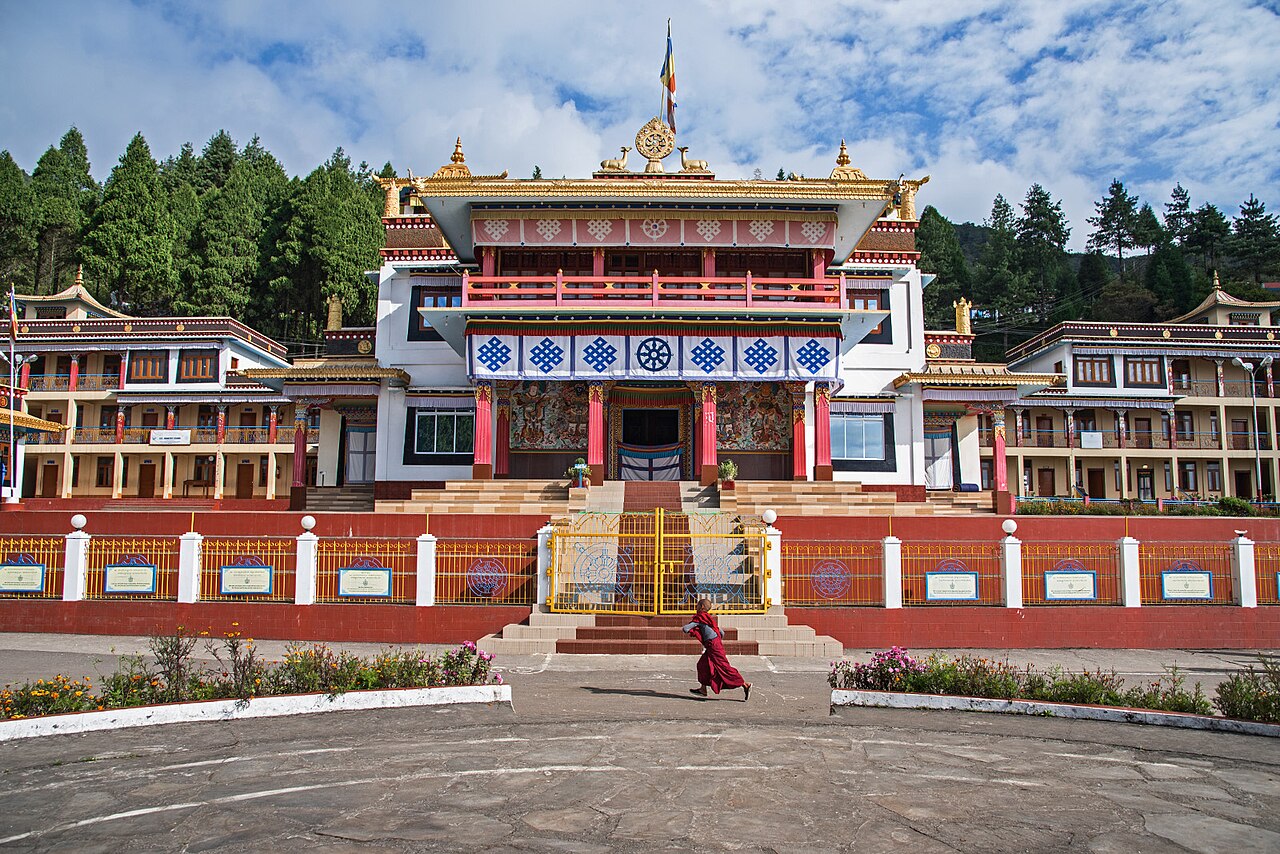Places to visit in Arunachal Pradesh
Tucked in the northeastern corner of India, Arunachal Pradesh is a stunning blend of scenic landscapes and diverse cultures. From ancient monasteries in Tawang to the dense forests of Namdapha, it offers serene retreats and adventurous trails alike. Rich in tribal traditions and spiritual energy, it’s a destination where nature and culture coexist in perfect harmony.

Tawang Monastery
The largest monastery in India and the second-largest in the world, perched at an altitude of over 10,000 feet. This 17th-century marvel is a spiritual and architectural wonder, home to over 400 monks. It offers a breathtaking view of the Tawang River Valley and is a significant center for Mahayana Buddhism.
The golden-roofed complex houses a giant Buddha statue and a library with ancient scriptures. It exudes a serene and divine atmosphere, making it a must-visit. Pilgrims and tourists alike are drawn to its calm aura and historical significance.
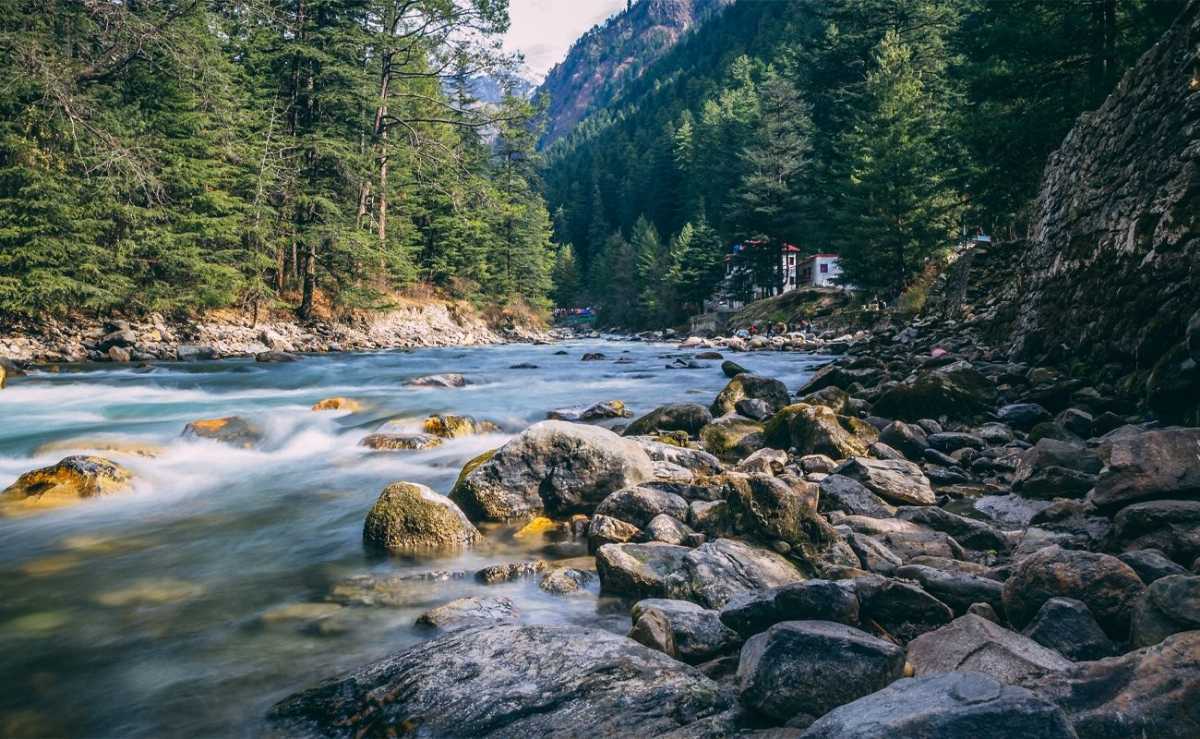
Pasighat
Situated on the banks of the Siang River, Pasighat offers water sports, scenic drives, and cultural tours among the Adi tribe. It’s also the gateway to eastern Arunachal.

Roing
Nestled near the Dibang River, Roing combines tribal heritage, archaeological sites, and scenic lakes. Must-visits include Mehao Lake and Bhismaknagar Fort.
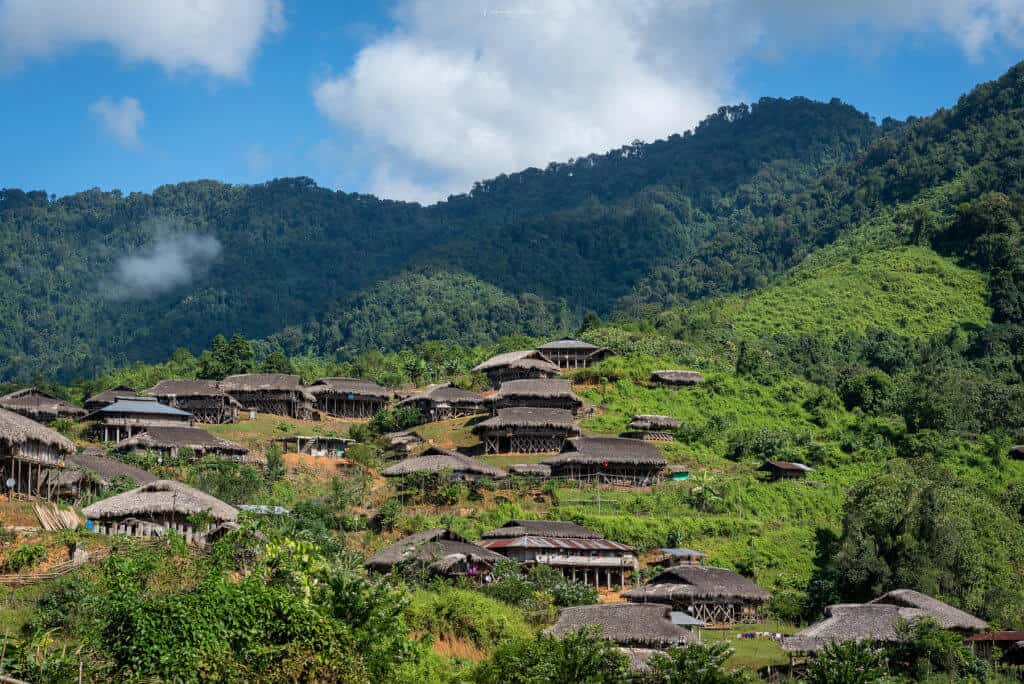
Along (Aalo)
Aalo is a peaceful town with dramatic valleys and tribal villages. It is a great place to experience local customs, festivals, and home-stay hospitality.

Parshuram Kund
This sacred lake on the Brahmaputra River is visited by thousands during Makar Sankranti. Surrounded by hills, it’s not just spiritual but also scenic.

Sela Pass
A high-altitude mountain pass situated at 13,700 feet, connecting Tawang with the rest of Arunachal Pradesh. Covered in snow for much of the year, the pass offers breathtaking views of the surrounding Himalayan peaks. Nearby is the ethereal Sela Lake, known for its crystal-clear water and sacred status among locals.
It’s also a lifeline for the Indian Army and a thrilling route for adventurous road trippers. The entire stretch is wrapped in mystic beauty and freezing winds. It serves as both a scenic stop and a spiritually revered gateway.

Talle Valley Wildlife Sanctuary
Located near Ziro, it’s a biodiversity hotspot with dense forests, rare orchids, and many bird species. It’s perfect for nature treks and quiet retreats.
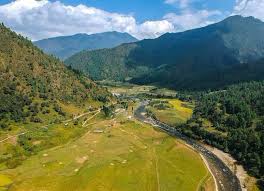
Dong Valley
The easternmost village of India, Dong is where the sun rises first in the country. Accessible via a hike, it’s a magical place for offbeat explorers.

Namdapha National Park
One of India’s largest protected areas, this park boasts rare species like the clouded leopard and red panda. It’s a must-visit for wildlife enthusiasts and eco-tourists.

Pakhui (Pakke) Wildlife Sanctuary
A beautiful sanctuary offering rich flora and fauna, known especially for hornbill conservation. A paradise for photographers and eco-tourists.
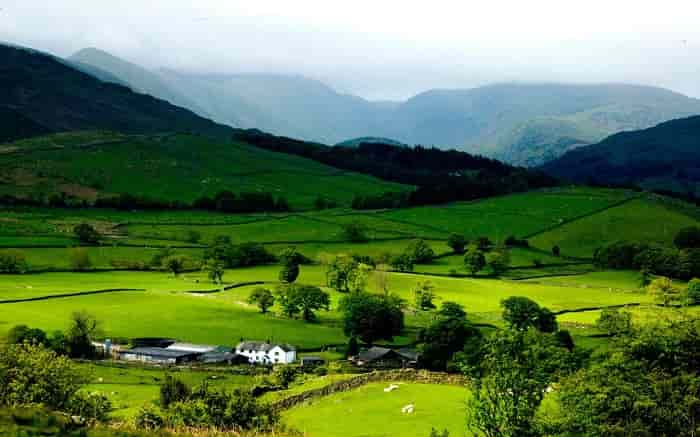
Ziro Valley
A picturesque plateau nestled in the Lower Subansiri district, known for its lush green paddy fields, pine forests, and misty hills. It is the homeland of the Apatani tribe, who are known for their unique facial tattoos and sustainable farming practices. The valley is a UNESCO tentative World Heritage Site and offers a peaceful escape from urban chaos.
Ziro is also famous for the Ziro Music Festival, an annual celebration of indie music amidst nature. The climate is pleasant year-round, making it ideal for trekkers, campers, and cultural explorers. Its blend of natural beauty and tribal culture makes it truly unforgettable.
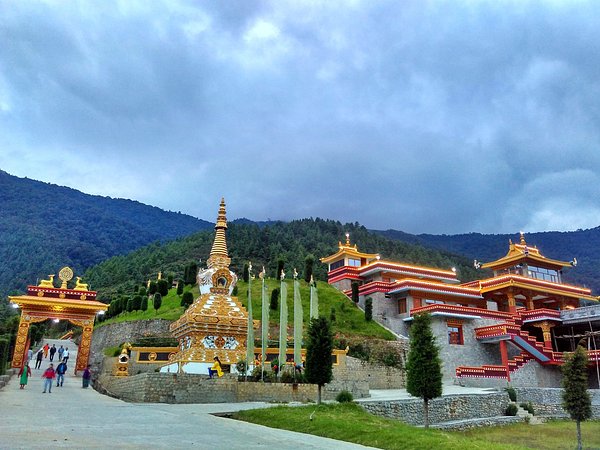
Dirang Valley
Known for hot springs, apple orchards, and Tibetan villages, Dirang is a picturesque town nestled in the West Kameng district. It serves as a perfect base before heading to Tawang.

Itanagar
The state capital offers historical and cultural attractions like the Ita Fort, Ganga Lake, and the Jawaharlal Nehru Museum, offering insights into tribal traditions.

Mechuka Valley
Close to the Indo-China border, Mechuka is a remote valley surrounded by pine forests, a 400-year-old Buddhist monastery, and river-fed landscapes ideal for soul-soothing escapes.
Bomdila Monastery
Established in 1965, is a serene Buddhist center located in the West Kameng district. Modeled after the Tsona Gontse Monastery in Tibet, it features beautiful prayer halls, vibrant murals, and a large Buddha statue. The monastery provides panoramic views of the Himalayan ranges and the Bomdila town below.
It also serves as a spiritual school for young monks and hosts many Buddhist festivals. Visitors often find tranquility while walking through its peaceful corridors. It’s a harmonious blend of devotion, tradition, and stunning Himalayan backdrop.
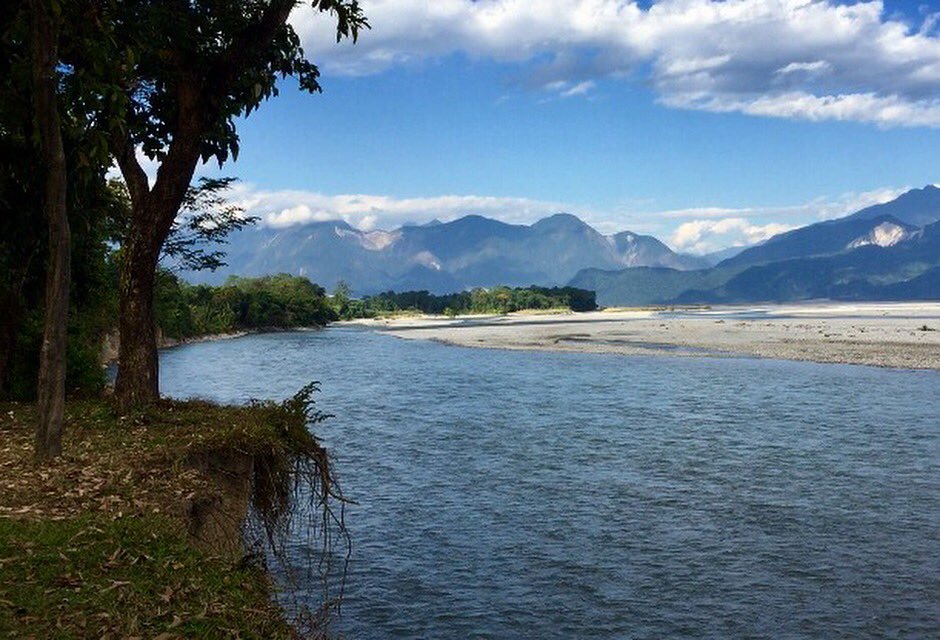
Dambuk
A hidden valley in the Lower Dibang Valley district, known for its untouched landscapes and vibrant tribal life. It’s most famous for the annual Orange Festival of Adventure & Music, which showcases adventure sports, music performances, and local orange harvests. Surrounded by dense forests, rivers, and orange orchards, Dambuk is a raw, offbeat paradise.
The terrain is challenging, making it a haven for off-roaders and thrill seekers. Local Idu Mishmi culture adds a rich ethnic touch to the region. If you’re looking for adrenaline with authentic cultural immersion, Dambuk is perfect.
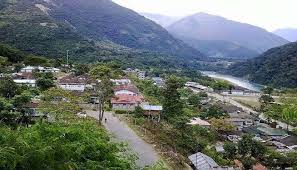
Hayuliang
Meaning “place of my liquor” in the local dialect, Hayuliang is known for its undisturbed charm, tribal culture, and confluence of Lohit and Delai rivers.
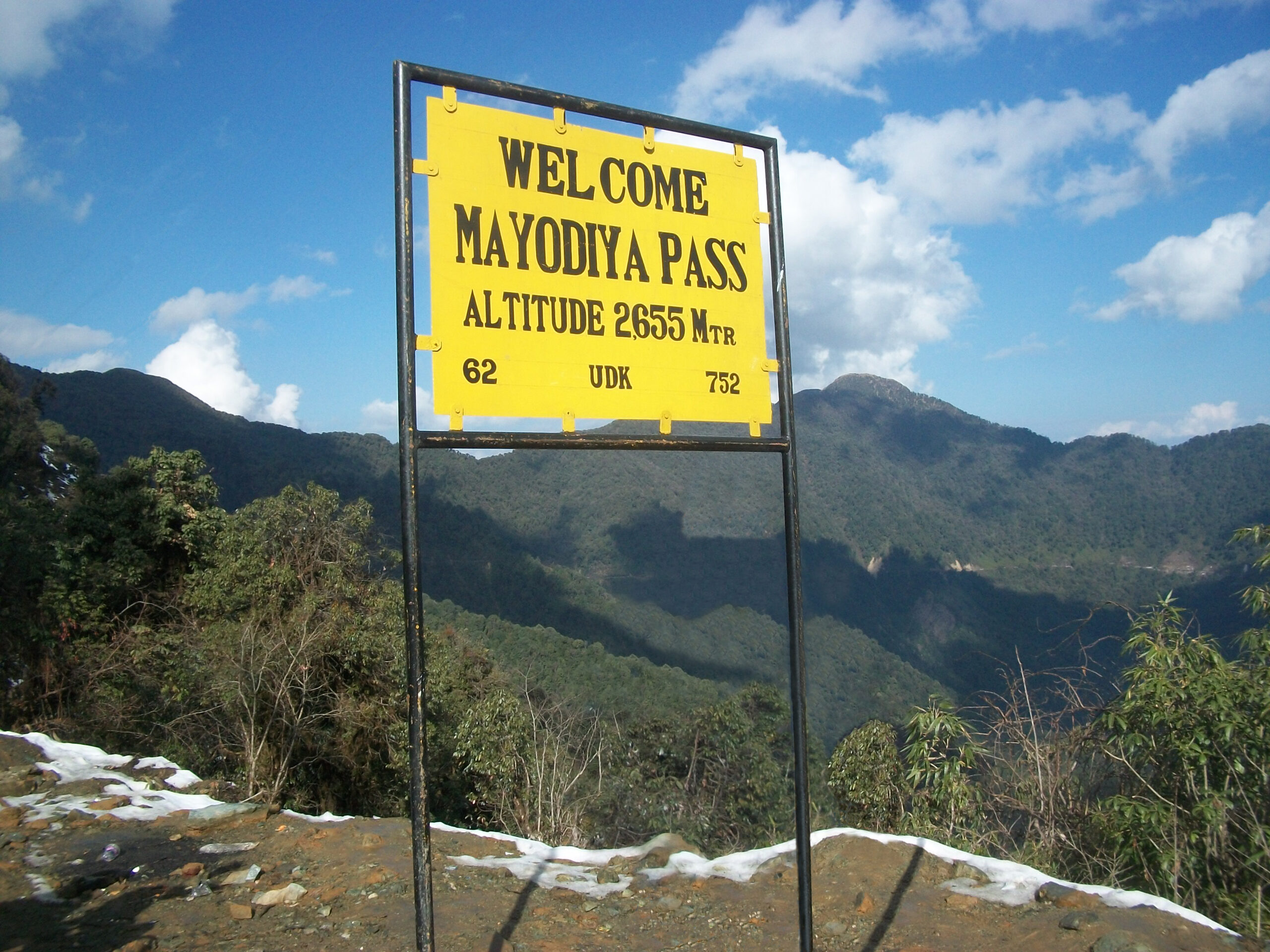
Myodia Pass
A scenic mountain pass near Tawang, it remains under snow for most of the year. Ideal for snow-lovers and photographers wanting a quiet retreat.

Sally Lake (Roing)
A calm, picturesque lake surrounded by dense forest, perfect for picnics and bird watching. It offers boating and peaceful escapes just outside Roing town.
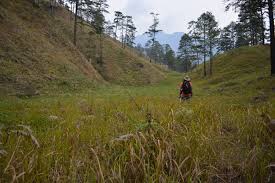
Lohit Valley
Rich in Buddhist heritage and natural beauty, the valley is ideal for quiet exploration, spiritual retreats, and river-based adventures like rafting on the Lohit River.

Lempi Village (Ziro Valley)
A quaint and scenic settlement in the heart of Ziro Valley, often considered one of the cleanest and most organized tribal villages. It’s predominantly inhabited by the Apatani tribe, who are known for their eco-friendly way of life and intricate farming methods. Lempi is also a host location for the Ziro Music Festival, attracting global visitors to its charming fields and rustic homestays.
Walking through Lempi offers a glimpse into sustainable living and tribal harmony with nature. The village is surrounded by rice paddies and misty hills, making it a visual delight. It’s a cultural haven tucked inside a natural paradise.
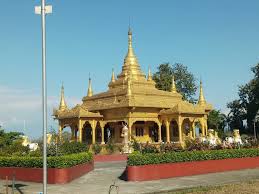
Chowkham
Often overlooked, this town near Tezu is dotted with gompas and offers spiritual solace amidst lush greenery, mostly inhabited by the Khamti tribe.
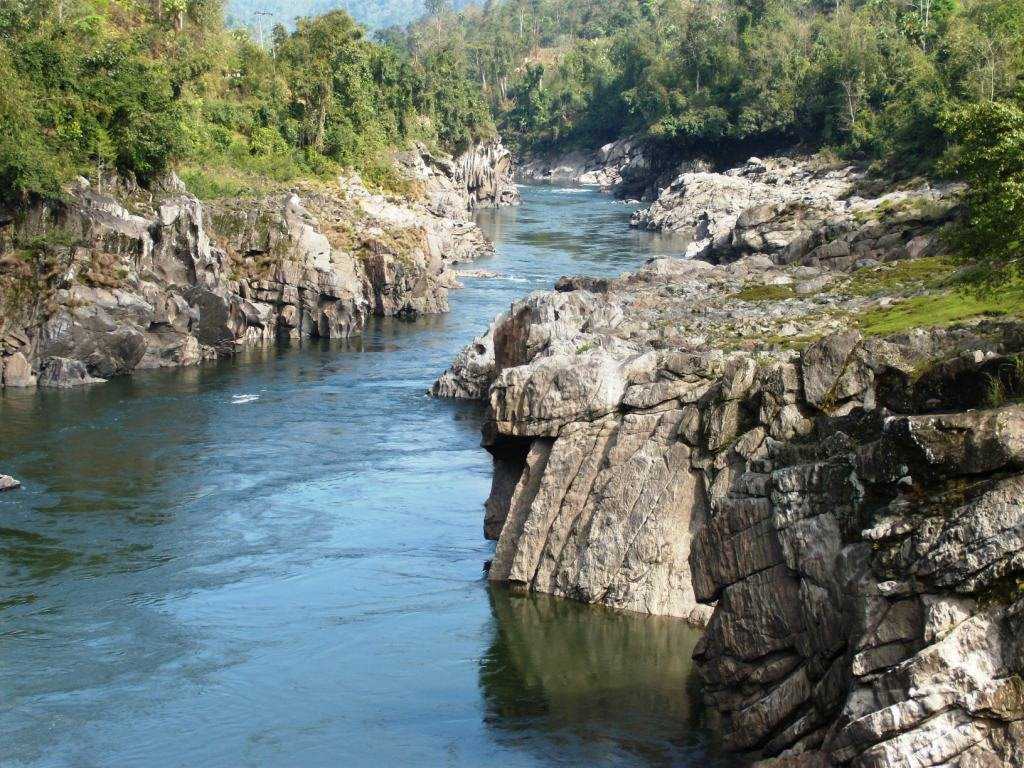
Daporijo
Home to the Tagin tribe, this remote town offers hanging bridges, scenic riverbanks, and immersive cultural experiences for those seeking raw Arunachal vibes.
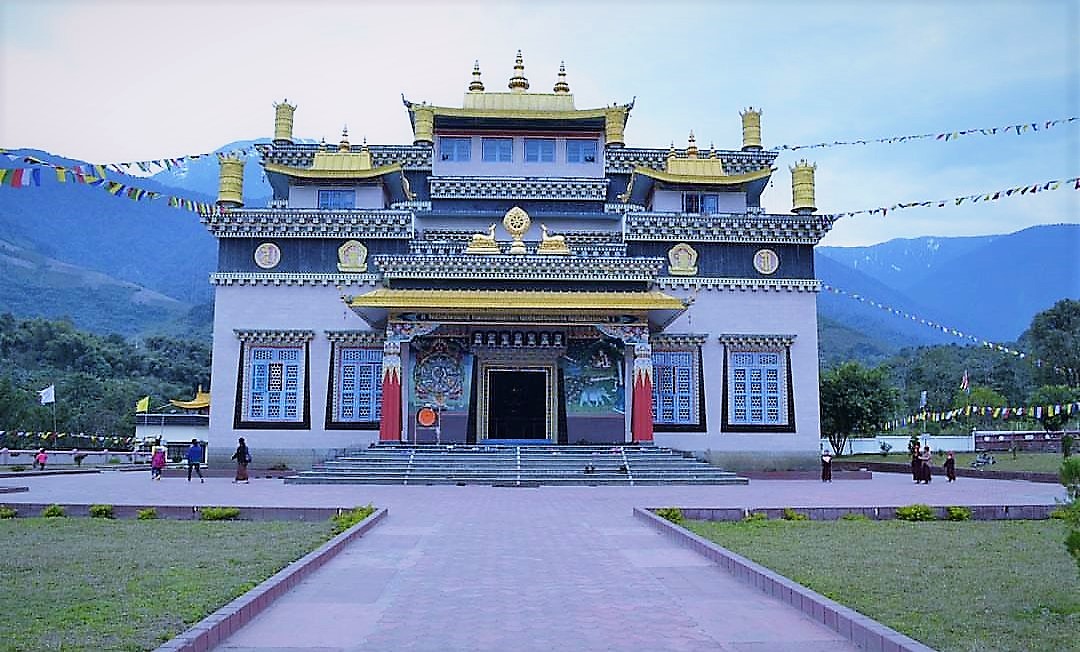
Tuting
Located near the Brahmaputra’s origin, it’s a remote village offering raw landscapes, trekking trails, and river rafting, perfect for seasoned adventurers.

Kibithu
The easternmost inhabited village of India, located near the Indo-China border in the Anjaw district. It offers unmatched views of the Lohit River and pristine, high-altitude terrain untouched by tourism. The region is historically significant due to its role in the 1962 Indo-China war and remains an active military post.
Despite its remoteness, Kibithu is peaceful, with lush landscapes, chirping birds, and traditional tribal homes. The nearby Walong War Memorial honors the brave soldiers who defended the nation. For those seeking untouched beauty and patriotism wrapped in nature, Kibithu is a profound experience.
Arunachal Pradesh Blogs
- Arunachal Pradesh Cultural guide
- Places to visit in Arunachal Pradesh
- Places to visit nearby Arunachal Pradesh
- India’s most popular destination
- India’s archaeological marvels
Recommended articles
- Arunachal Pradesh Cultural guide
- Places to visit in Arunachal Pradesh
- Places to visit nearby Arunachal Pradesh
- India’s most popular destination

